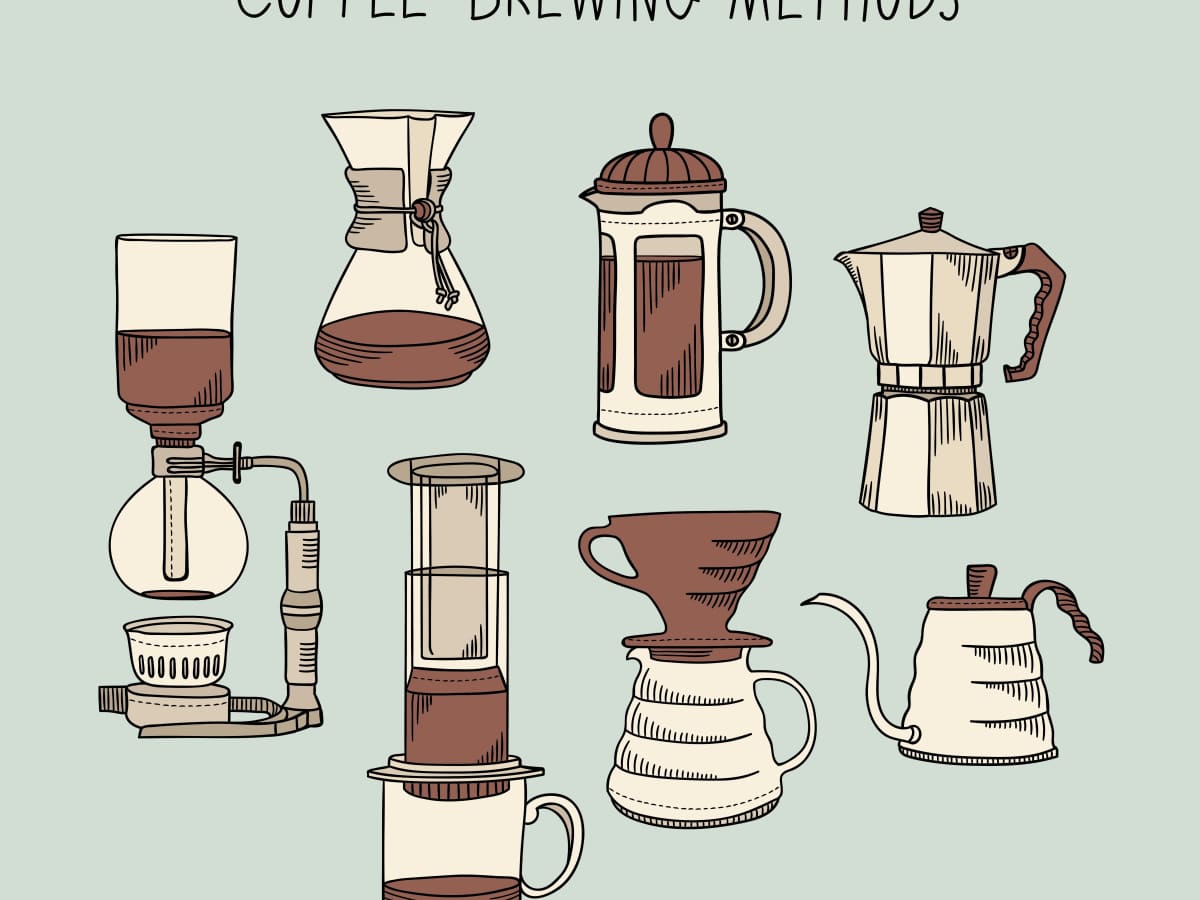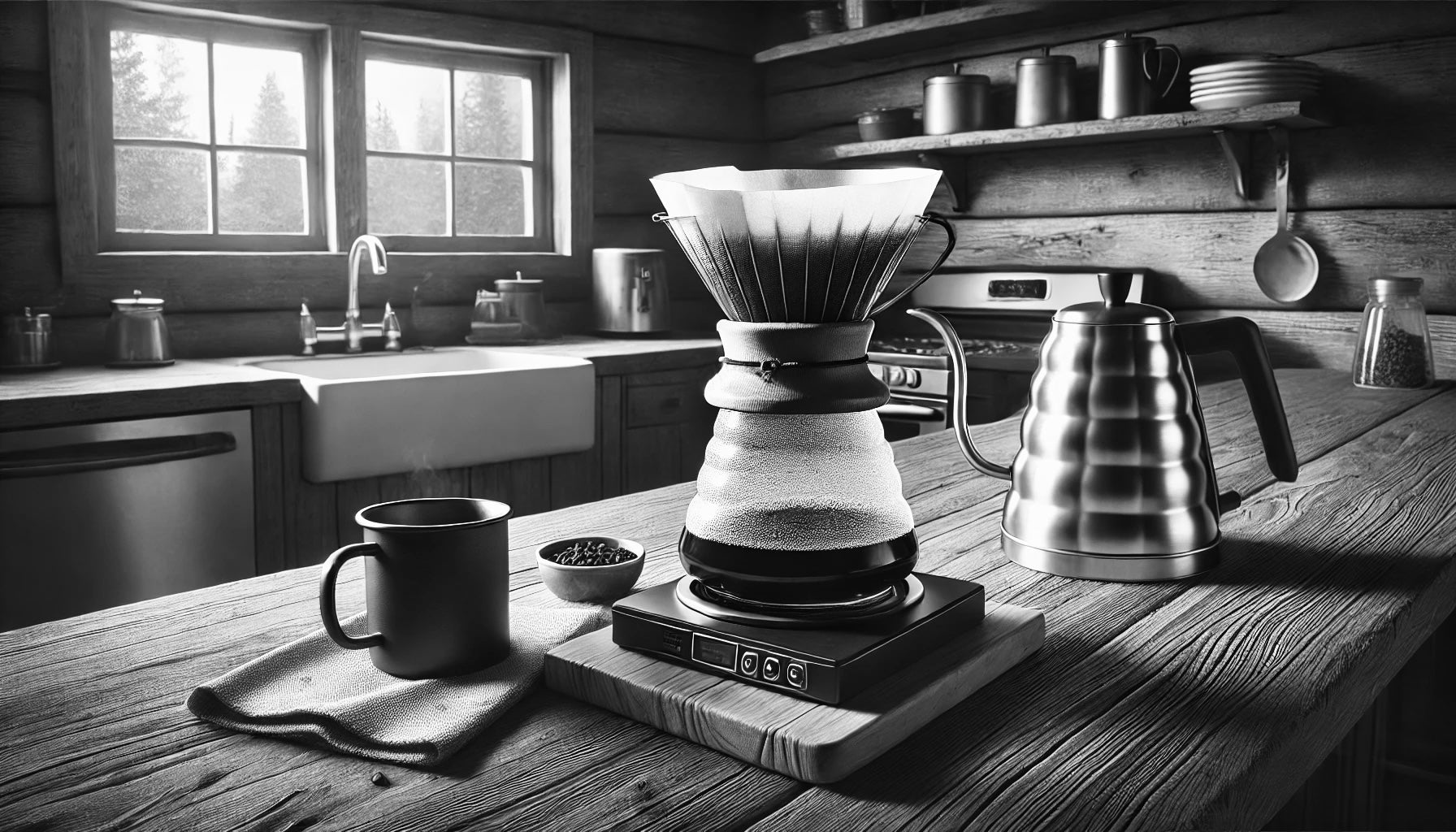Uncovering the Art of Coffee Brewing Methods: Tips for every single Fanatic
Wiki Article
The Science Behind Coffee Developing: Just How Temperature Level and Time Affect Your Drink
Recognizing the science behind coffee brewing discloses that temperature and time are not mere variables yet essential elements that determine the beverage's taste profile and overall top quality. As we check out the subtleties of these aspects, the question emerges: exactly how can one effectively equilibrium temperature and time to attain that best brew?The Chemistry of Coffee Removal
The chemistry of coffee extraction looks into the detailed processes that change raw coffee beans into the fragrant beverage appreciated worldwide. This improvement primarily includes the solubility of various substances existing in the beans, which are influenced by variables such as grind dimension, water quality, and the brewing approach utilized.Throughout the brewing process, warm water acts as a solvent, drawing out soluble compounds, including caffeine, sugars, acids, and lipids, from the coffee grounds. Each compound contributes to the flavor profile, aroma, and body of the last beverage. Acids are responsible for intense and appetizing notes, while oils add to a rich mouthfeel.
The extraction procedure is not uniform; various compounds liquify at different rates. The preliminary phases of brewing extract acids and sugars, leading to an enjoyable level of acidity, while long term extraction can result in resentment because of over-extraction of unwanted substances. Understanding these chemical interactions is essential for enhancing developing methods, as the equilibrium in between removal time and water temperature level can dramatically affect the total top quality of the coffee. Inevitably, understanding the chemistry of coffee removal is key to achieving a well-rounded and tasty cup.
Ideal Brewing Temperatures
Locating the ideal brewing temperature is essential for opening the complete potential of coffee tastes and scents - coffee brewing methods. Research study indicates that the optimum variety for brewing coffee exists between 195 ° F to 205 ° F(90 ° C to 96 ° C) Within this range, the removal process effectively liquifies the desirable soluble substances in coffee beans, causing a balanced and savory mugBrewing at reduced temperatures, such as listed below 195 ° F(90 ° C ), may cause under-extraction, producing a weak and acidic mixture with muted tastes. On the other hand, developing at temperatures going beyond 205 ° F(96 ° C) can result in over-extraction, producing a bitter and extreme preference due to the too much dissolution of unwanted substances, such as tannins.
Additionally, the perfect brewing temperature level can vary relying on the coffee bean type and roast level. Lighter roasts often benefit from a little greater temperatures to improve their intricate flavor profiles, while darker roasts might be much better suited to lower temperature levels to minimize bitterness.
Eventually, keeping accuracy in developing temperature levels is crucial for accomplishing a harmonious balance of flavors, making sure that every mug of coffee provides an enjoyable sensory experience.
Influence of Developing Time
Developing time plays a crucial duty in establishing the taste account and total top quality of coffee. The removal procedure, which affects the taste, aroma, and body of the beverage, is largely dependent on how much time the coffee premises touch with water. Much shorter developing times can lead to under-extraction, resulting in a sour or important site weak flavor, as inadequate soluble substances are dissolved. Conversely, prolonged brewing can bring about over-extraction, where unwanted substances are released, resulting in an astringent or bitter preference.Optimal developing time varies depending on the technique made use of and the work size of the coffee. A French press normally needs concerning four minutes, while coffee extraction is usually completed within 25 to 30 secs. It is necessary to calibrate developing time in conjunction with various other variables, such as water temperature and coffee-to-water proportion, to achieve the wanted flavor account.
Understanding the effect of developing time allows coffee fanatics to fine-tune their developing methods, inevitably enhancing the sensory experience of their mug (coffee Learn More brewing methods). With careful interest to this variable, one can open the full possibility of the coffee, revealing its special characteristics and nuances
Developing Methods and Their Impacts

As an example, approaches like French press and chilly mixture enable for a longer steeping time, resulting in a fuller body and durable flavor due to increased extraction of oils and soluble solids. Alternatively, espresso developing makes use of high stress and a shorter removal time, generating a focused shot that highlights extreme flavors and an abundant crema.
Pour-over techniques, such as Chemex or V60, provide an even more controlled removal process, enabling the brewer to control circulation rate and water distribution, which can boost brightness and clarity. On the other hand, percolation approaches cycle water via the coffee premises multiple times, leading to a more powerful, frequently bitter flavor.
Finally, making use of paper filters versus metal filters can additionally impact the final taste; paper filters typically produce a cleaner cup by capturing oils and great fragments, while steel filters allow even more oils to pass through, contributing to a fuller mouthfeel - coffee brewing methods. Understanding these subtleties can elevate try these out the coffee experience considerably
Tips for Improving Your Brew
A well-executed mixture can change even the most basic coffee into an exceptional experience. To accomplish this, focus to information is important. Begin with high-quality, fresh roasted beans, as their flavor account decreases over time. Grind the beans simply prior to making to optimize freshness, making certain the work dimension matches your developing approach-- coarser for French press and finer for coffee.Water high quality plays a critical function; use filteringed system water devoid of pollutants. The excellent brewing temperature level varies between 195 ° F and 205 ° F(90 ° C to 96 ° C ) Too warm can burn the coffee, while as well cool may under-extract tastes.
Timing is equally important. For immersion methods, steeping for 3 to 5 mins is ideal, whereas drip approaches generally take about 5 mins. Try out brew times to find your recommended strength.

Final Thought
In summary, the detailed relationship between temperature level and time is paramount in the coffee developing process. Understanding these scientific concepts empowers people to fine-tune their developing methods, ultimately leading to an extra delightful and well balanced coffee experience.Comprehending the scientific research behind coffee developing exposes that temperature level and time are not plain variables yet critical components that determine the beverage's taste account and overall high quality. Recognizing these chemical communications is vital for maximizing developing techniques, as the balance between extraction time and water temperature can dramatically affect the overall top quality of the coffee.Developing time plays a critical duty in identifying the taste account and overall top quality of coffee. By focusing on these components-- bean quality, grind dimension, water temperature, soaking time, and ratio-- you can boost your coffee brewing procedure, resulting in a consistently remarkable cup.
In recap, the intricate connection in between temperature and time is extremely important in the coffee brewing process.
Report this wiki page